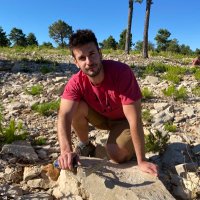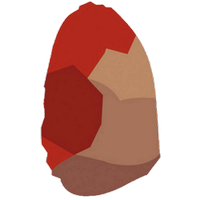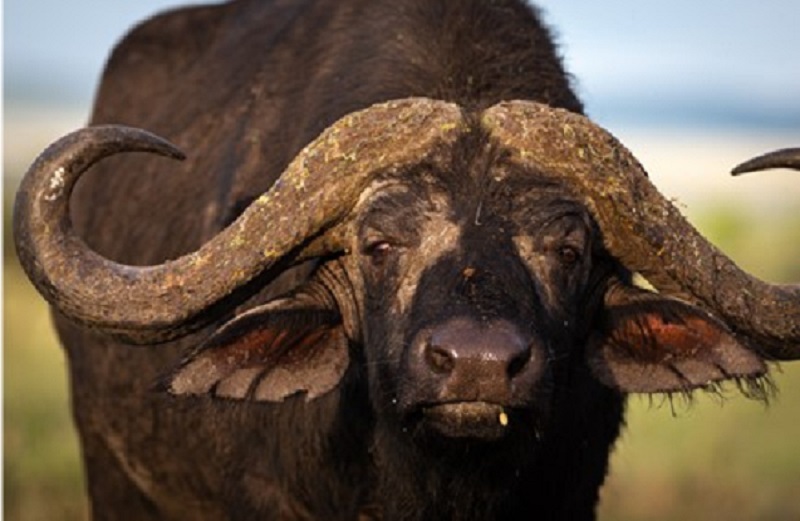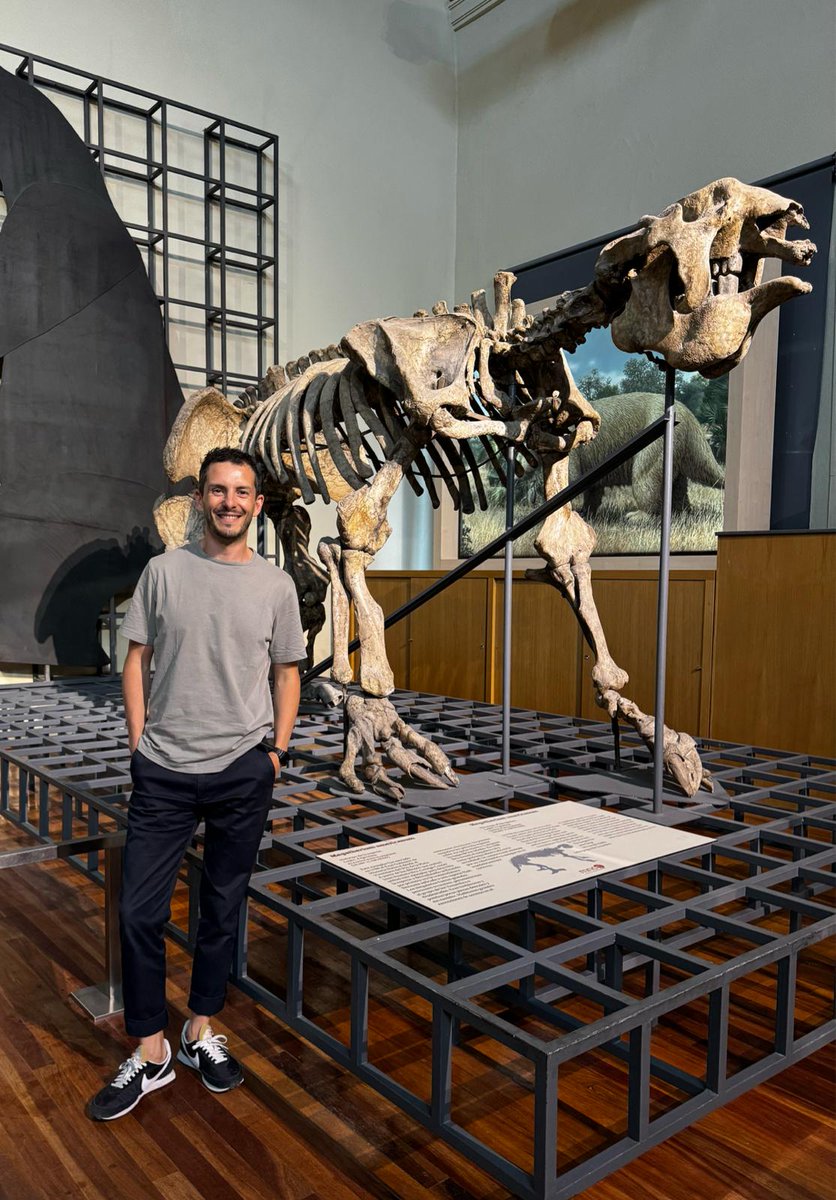
Juan L. Cantalapiedra
@singerstone
Evolutionary paleobiologist interested in Cenozoic large terrestrial mammals | tenured scientist @mncn_csic @CSIC | head of @Canta_Lab | member @GloCEE_EcoEvo
ID: 17887762
https://www.researchgate.net/profile/Juan_Cantalapiedra 05-12-2008 02:43:50
1,1K Tweet
832 Followers
547 Following

🐵Describen el proceso evolutivo y la extinción de los perezosos gigantes americanos El Museo Nacional de Ciencias Naturales participa en el estudio que analiza las estrategias evolutivas de estas especies y su desaparición por la presión antropogénica hace unos 15.000 años 👉 tiny.cc/xjfk001

I am delighted to announce the release of our latest paper on the evolution of giant #sloths in Science Magazine: science.org/doi/10.1126/sc… An effort that lasted years, spanned continents, and put together a team of great scientists and friends. CONICET Dialoga Exactas UBA

Thrilled to see our work on sloth evolution finally published! Huge thanks to Alberto Boscaini and Daniel Casali for bringing me on board for such a fascinating project! 🦥 #evolution #paleontology #paleobiology




🦥🌴 Gracias CienciaEs por la maravillosa entrevista, donde Alberto Boscaini y yo tuvimos la oportunidad de hablar sobre perezosos y evolución a raíz de nuestro último trabajo en Science Magazine #paleontología #evolución #paleobiología

Douglas et al. show that up to 99% of evolutionary change occurs at branching points in genes, morphology, and language. A major step for punctuated evolution, aligning with our goal of a unified framework. Niles Eldredge Andrej Spiridonov Blai Vidiella royalsocietypublishing.org/doi/10.1098/rs…


So glad to see this beautiful behemoth of a study out Nature Communications So much talent, great data, and a revolutionary approach 🧙 #evolution #paleobiology #paleontology #mammals #cenozoic




🌎 Comprueban la capacidad de adaptación de los ecosistemas del pasado a perturbaciones abruptas 🐘 Un estudio del Museo Nacional de Ciencias Naturales ha analizado más de 3000 fósiles de especies extintas que habitaron el planeta en los últimos 60 millones de años 👉tiny.cc/0e3m001



TORTUGAS PREHISTÓRICAS Redescubiertos y restaurados restos fósiles de tortugas encontrados en la Meseta Central de hace 12 millones de años 📰diariopalentino.es/noticia/z38c50… vía Diario Palentino. Palencia #Mioceno #Reptiles


Alex Buckley I will also say that this tendency to see similarity of evolutionary patterns at the macro (paleontological) and micro (molecular) levels—with less congruence at the mid-level (population genetics) corresponds to Dobzhansky’s point that the upper and lower levels consist of 1/2


🦥¿Por qué desaparecieron los perezosos gigantes hace 15.000 años? 🧐Una investigación en la que participa el CSIC describe el proceso evolutivo de esta especie 🗣️Escucha la entrevista con Juan López Cantalapiedra, Investigador del Museo Nacional de Ciencias Naturales Aquí ⬇️ rtve.es/play/audios/a-…







